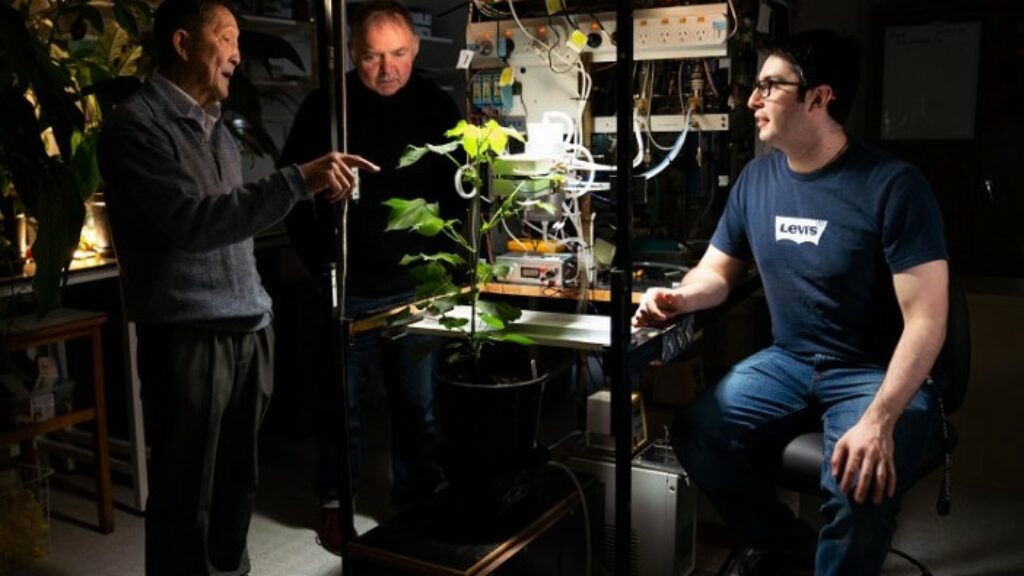Dream discovery could help crops improve water use and resist climate change
Richard Dinnen - Queensland Editor |

Australian scientists have identified what they call an “exquisite” natural mechanism that helps plants limit their water loss with little effect on carbon dioxide intake.
Researchers from Queensland’s James Cook University (JCU) and the Australian National University (ANU) announced their findings in the current issue of the journal Nature Plants
Study co-author, ANU researcher Diego Marquez, said the findings will have significant implications for the agricultural industry and improve crop resilience to extreme weather events, including drought.
“Plants continuously lose water through pores in the ‘skin’ of their leaves. These same pores allow carbon dioxide (CO2) to enter the leaves and are critical to their survival.
“For every unit of CO2 gained, plants typically lose hundreds of units of water. This is why plants require a lot of water in order to grow and survive.
“The mechanism we have demonstrated is activated when the environment is dry, such as on a hot summer day, to allow the plant to reduce water loss with little effect on CO2 uptake.”
JCU Associate Professor, Lucas Cernusak, said plants can control water loss from their leaves while still taking in CO2.
“We think the mechanism they use to do this resides in water gating proteins in the membranes of cells inside the leaf, called aquaporins.
“With this, nature has evolved an exquisite solution to restrict water movement out of the cells inside the leaf, while still allowing diffusion of carbon dioxide into them.”
Lead author, Dr Chin Wong, of ANU said the findings are a ‘dream discovery’ from a scientific and agricultural perspective.
“The agriculture industry has long held high hopes for scientists to come up with a way to deliver highly productive crops that use water efficiently.
“So plant scientists have been dealing with this big question of how to increase CO2 uptake and reduce water loss without negatively affecting yields.
“Having this mechanism that can reduce water loss with little effect on CO2 uptake presents an opportunity for agricultural scientists and plant breeders researching ways to improve water use efficiency and create drought-tolerant crops.”
The researchers said they will continue efforts to identify what causes the mechanism to operate.



